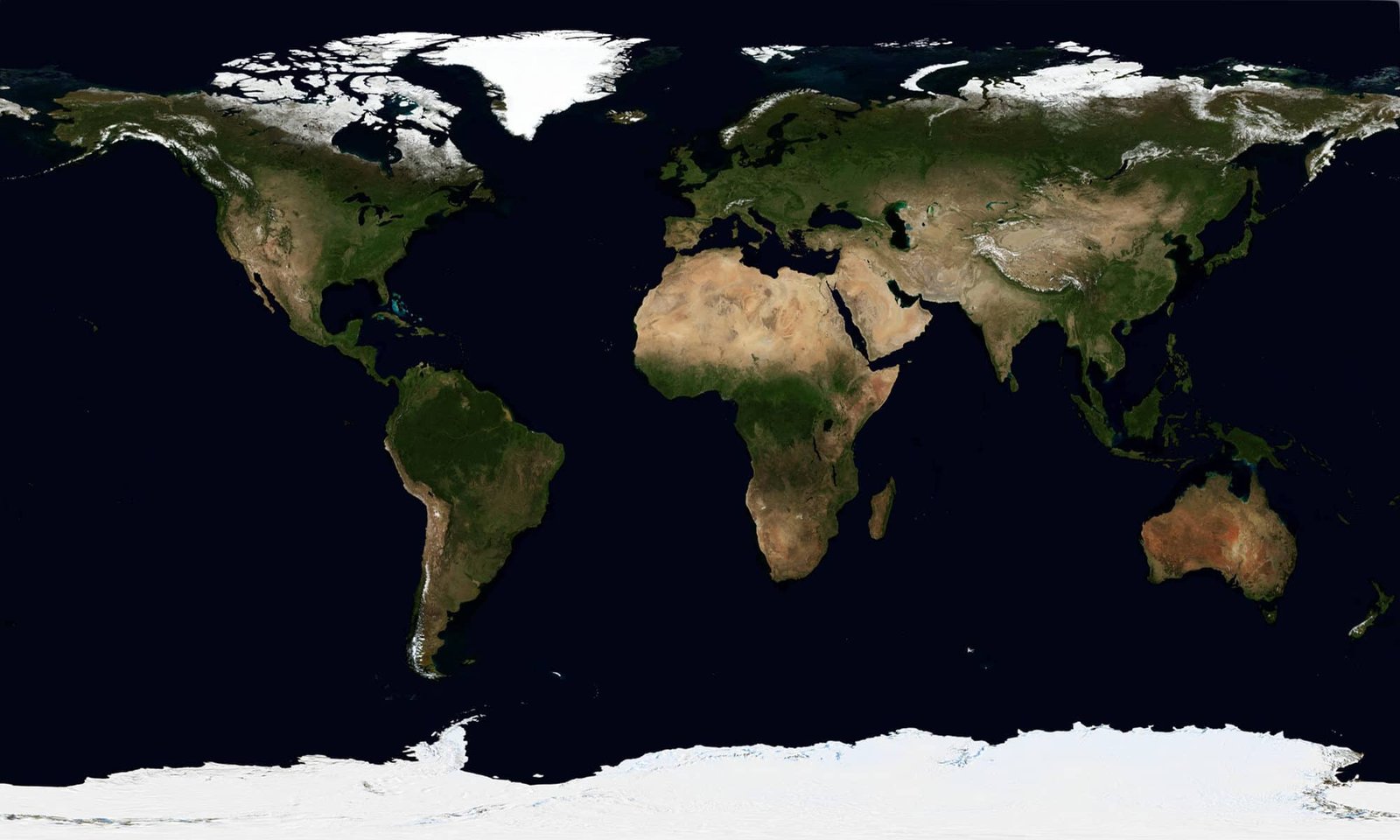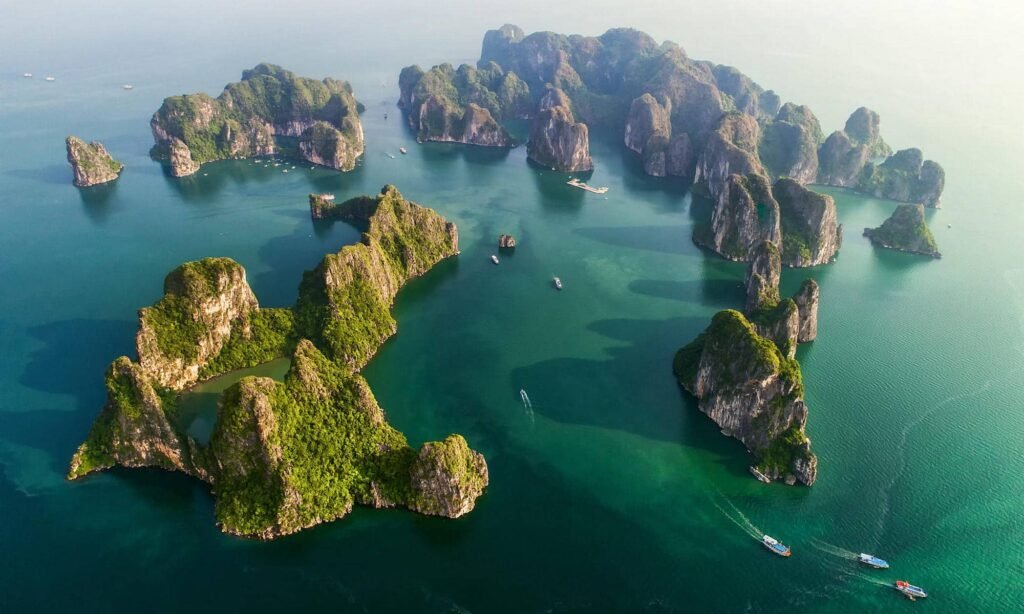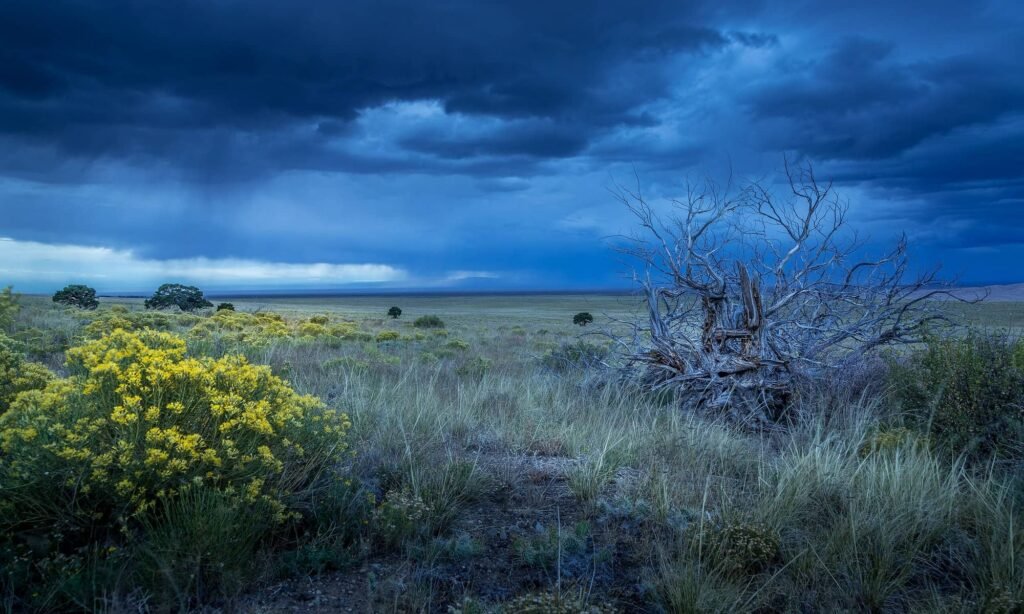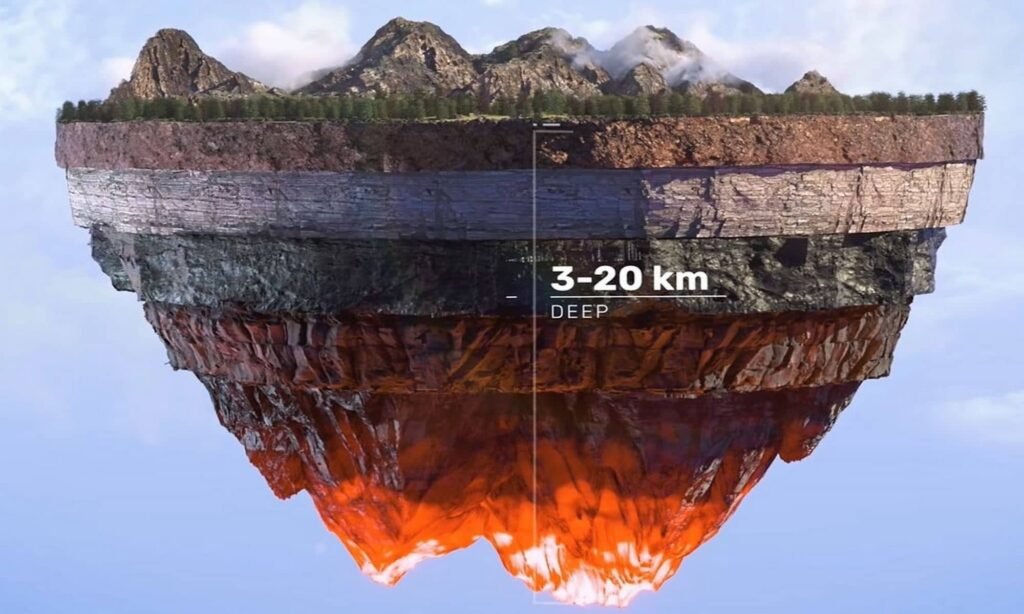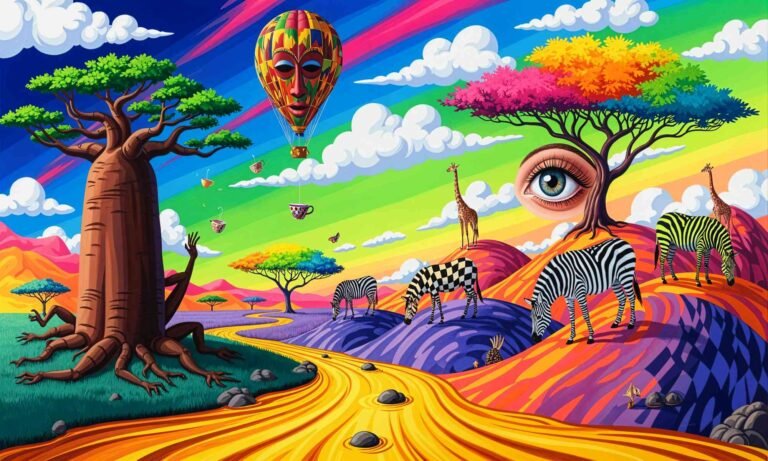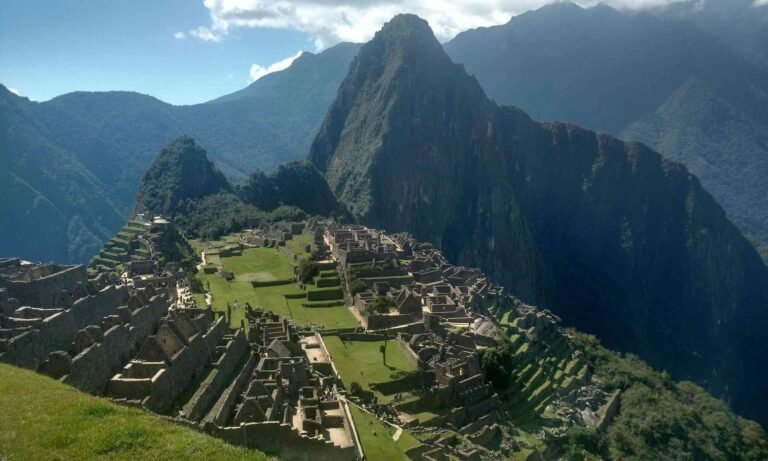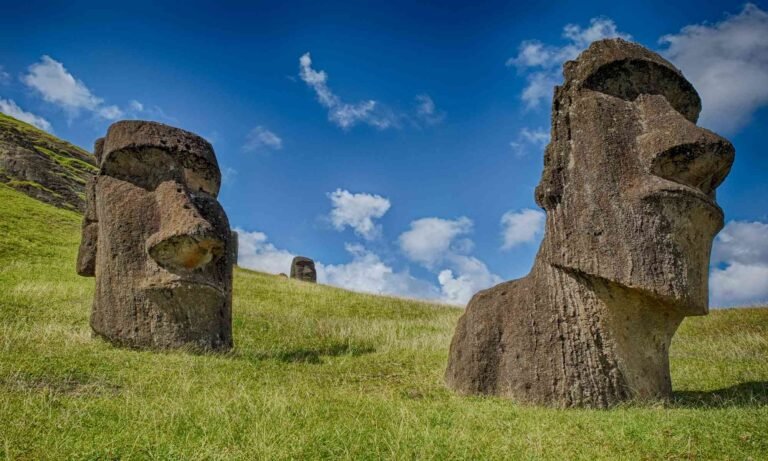Continents are large continuous masses of land that are distinguished by their geographic and geological characteristics. Generally, they are recognized as the fundamental landforms on The Earth, encompassing both large and diverse ecosystems and hosting significant human populations.
- The definition of a continent is often shaped by cultural and scientific interpretations, leading to varying perspectives on what constitutes a continent.
The formation of continents is primarily attributed to the dynamic geological processes that occur over millions of years. Continental crust, a type of crust that forms the continents, is thicker and less dense than oceanic crust, which forms the ocean floors. This difference in density and composition is crucial in understanding the physical characteristics of our planet.
How Many Continents Are There?
The most widely accepted model identifies seven continents: Africa, Antarctica, Asia, Australia, Europe, North America, and South America.
Each of these landmasses is categorized based on criteria such as size, biological diversity, and geopolitical boundaries.
- For instance, geological studies often emphasize the distinct flora and fauna of each continent, contributing to the classification of continental regions.
Furthermore, depending on the convention and model, some continents may be consolidated or subdivided.
- For example, Eurasia is most often subdivided into Asia and Europe, while North America and South America are sometimes recognised as one American continent, The Americas.
Therefore, in this website, there is yet another convention applied and contents of this site are divided into the regions / continents Asia, Europe, Scandinavia and The Americas. Hope, you don’t mind as it does fit the presentation of all the pics taken by me while traveling the world much better.
“The world is a book and those who stay home only get to read the first page.”
– Agustine of Hippo
The Unique Features of Each Continent
Earth is divided into into a number of continents, each with unique landscapes, cultures, and climates.
- Asia, the largest continent in both land area and population, spans over 44 million square kilometers and hosts many diverse climates and terrains. From the frigid Siberian tundra to the tropical jungles of Southeast Asia, it is a region of remarkable contrasts. Home to Mount Everest, the tallest mountain on Earth, Asia also includes influential nations such as China and India, whose cultures, economies, and histories have profoundly shaped the global landscape.
- Europe is a continent entirely in the Northern Hemisphere, bordered by the Arctic Ocean to the north, the Atlantic Ocean to the west, and the Mediterranean Sea to the south. It is known for its deep historical roots, influential civilizations, and stunning architecture, from medieval castles to modern urban centers. Its many nations each have distinct languages, cultural traditions, and political histories, making Europe a richly interconnected and evolving region.
- Scandinavia is a subregion of Northern Europe, encompassing Denmark, Norway, and Sweden, known for its rich historical, cultural, and linguistic ties. Characterized by breathtaking fjords, deep forests, and icy landscapes, it is famous for its Viking heritage and progressive societies. The region experiences harsh winters but also enjoys stunning summer landscapes, attracting visitors for outdoor adventures, Nordic cuisine, and its emphasis on sustainable living.
- The Americas, sometimes collectively called America, encompass both North and South America, making up the majority of Earth’s Western Hemisphere. Together, these continents are home to a vast range of environments, from icy polar regions to lush rainforests. The Americas have been shaped by ancient civilizations, European colonization, and cultural exchanges that influence the world today. As a landmass rich in diversity, they are central to global history, economics, and innovation.
- North America boasts diverse landscapes, from Arctic tundras to southwestern deserts, with iconic natural features like the Rockies and Grand Canyon. Indigenous cultures, colonial influences, and immigration have shaped its rich identity, while its economic and technological advancements impact the world.
- South America is home to the Amazon rainforest and Andes mountains, offering extraordinary biodiversity. Cities like Rio de Janeiro and Buenos Aires showcase a blend of colonial history and modern vibrancy, while indigenous traditions remain central to its cultural heritage.
More Continents
- Africa is home to the vast Sahara Desert, diverse ecosystems, and an array of rich cultural traditions. It spans multiple climate zones, from tropical rainforests to arid savannas, and serves as a cradle of human civilization. The continent boasts incredible biodiversity, with iconic wildlife like elephants, lions, and gorillas. With a population of 1.3 billion, Africa is a mosaic of languages, histories, and ethnic groups that contribute to its dynamic identity.
- Antarctica, the coldest and least inhabited continent, plays a crucial role in climate research due to its massive ice sheets and shifting glaciers. Its remote, frozen landscapes contrast sharply with the more populated continents, but it remains home to resilient wildlife, including penguins, seals, and whales. Scientists and researchers study Antarctica’s unique conditions to better understand global environmental changes, while its untouched beauty serves as a stark reminder of Earth’s extremes.
- Australia, often considered both a continent and a country, is known for its distinctive ecosystems and natural wonders. The Great Barrier Reef, one of the world’s most complex marine habitats, lies off its coast, while vast deserts dominate the interior. Indigenous cultures date back tens of thousands of years, providing a rich tapestry of traditions and deep connections with the land. Modern Australia features vibrant cities, diverse wildlife, and a unique blend of cultural influences.
Challenges Facing Our Continents Today
Continents face serious environmental, social, and economic challenges, with climate change intensifying extreme weather, rising sea levels, and agricultural disruptions. Developing nations often struggle with limited resources to adapt, increasing risks for both ecosystems and human populations.
Deforestation continues at a rapid pace, driven by agriculture, urban expansion, and logging. Forests serve as essential carbon sinks, and their destruction accelerates climate change and threatens biodiversity. Conservation efforts, such as reforestation projects, are crucial in restoring balance and protecting ecosystems.
Urbanization adds pressure to cities as populations grow, increasing demand for housing, clean water, and transportation. Many cities struggle with overcrowding and sanitation issues, contributing to inequality. However, smart city planning and technological innovations offer potential solutions to improve infrastructure and quality of life.
Despite these challenges, sustainability efforts provide hope. Reforestation, responsible land use, and eco-friendly farming techniques mitigate environmental damage. International cooperation and local engagement drive solutions, helping nations build a more resilient and equitable future.
Future Perspectives: What Lies Ahead
The future of our continents is poised to be shaped by a myriad of factors including climate change, population growth, technological advancements and tectonic shifts.
- Climate Change: Rising temperatures disrupt ecosystems and communities, with sea levels threatening coasts and shifting weather affecting agriculture. Nations are expected to adopt sustainable practices, and green technology will be crucial in building resilience.
- Population Growth: Urbanization will continue as millions move to cities, increasing demand for housing, transport, and public services. Smart city initiatives and AI-driven resource management will help address infrastructure challenges.
- Global Connectivity: Climate change and public health demand global cooperation. Collaborative research, technology sharing, and policy-making will drive solutions, with agreements promoting sustainability and equitable resource use.
- Tectonic Activity: Earth’s shifting plates shape landscapes, forming mountains, triggering earthquakes, and fueling volcanic activity. Continents may merge again into a supercontinent in about one galactic year (roughly 225 million earth years).
- Three potential arrangements of this configuration have been dubbed Amasia (+100 million years), Novopangaea (+200 million years) and Pangaea Ultima (+250 million years.)
As humanity navigates these transformations, proactive efforts in sustainability, innovation, and global collaboration will determine how well future generations adapt to an evolving world.
What’s More
The posts in My Blog feature reflective, story-driven pieces rooted in personal and societal insights.
The topics in My Interests explore abstract, philosophical ideas and their cultural and societal impact.
👁️ 8,133 Views


